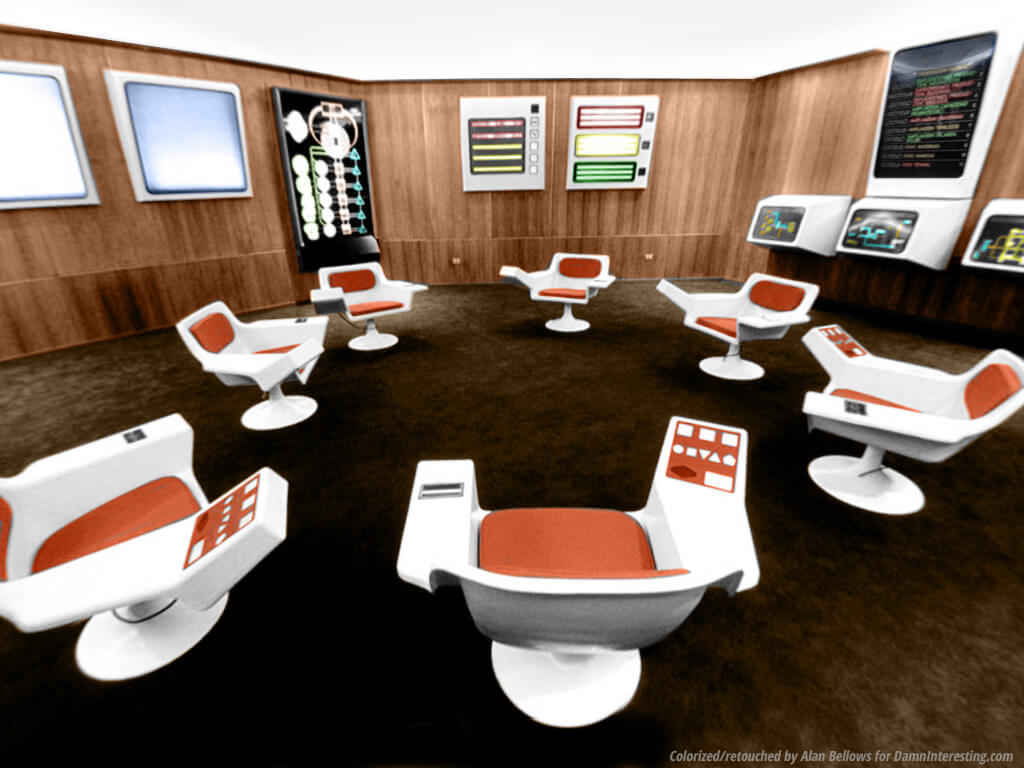description:
A history of real-time information technology, war, politics, commerce and the rise of the idea of organisational cybernetics.
Project Cybersyn was a Chilean project from 1971–1973 (during the government of President Salvador Allende) aimed at constructing a distributed decision support system to aid in the management of the national economy.
Project Cybersyn was based on Viable system model theory and a neural network approach to organizational design, and featured innovative technology for its time: it included a network of telex machines (Cybernet) in state-run enterprises that would transmit and receive information with the government in Santiago. Information from the field would be fed into statistical modeling software (Cyberstride) that would monitor production indicators (such as raw material supplies or high rates of worker absenteeism) in real time, and alert the workers in the first case, and in unnormal situations also the central government, if those parameters fell outside acceptable ranges.
In July 1971, Stafford Beer was contacted by Fernando Flores, then a high-level employee of the Chilean Production Development Corporation (CORFO), for advice on incorporating Beer’s theories of cybernetics into the management of the newly nationalized sector of Chile’s economy. Beer saw this as a unique opportunity to implement his ideas of cybernetic management on a national scale, and also sympathized with the stated ideals of Chilean socialism, which aimed to maintain Chile’s democratic system and the autonomy of workers instead of imposing a Soviet-style system of top-down command and control. More than just offering advice, Beer stepped aside from most of his other consulting business and devoted a great deal of time to what became Project Cybersyn, […] However, after the military coup on September 11, 1973, Cybersyn was abandoned and the operations room was destroyed.










